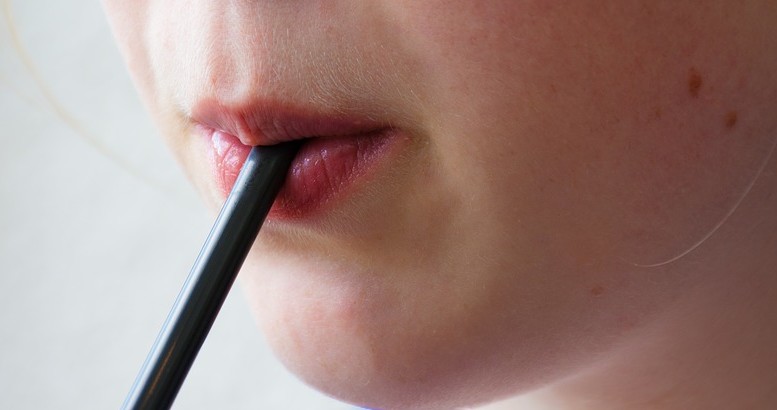I love holding an iced latte from Caseys’ Corner while enjoying my day, relaxing and sitting under a tree that is standing still in the autumn air. Of course, for convenience, I’m using a plastic straw from the store, not knowing that this habit is partly destroying the environment by killing hundreds of marine animals and even harming me.
After being thrown into the trash can, the plastic straw is collected with other trash, delivered to a landfill, and left there to degrade. The truth is, plastic straws need approximately 200 years to degrade, but they cannot completely disappear from the Earth because plastics are not biodegradable.
The OneLessStraw campaign notes that we use 500 million plastic straws every day, which is enough to circle around the Earth 2.5 times. Currently, straws are among the top 10 most found ocean trash in shore cleanups, according to the Ocean Conservancy’s TIDES system.
Now, there is a viral video on the Internet of a turtle’s bleeding nose after accidentally eating a plastic straw under the sea, and it is heartbreaking when it almost looks like the turtle is crying. Seabirds, additionally, are on the verge of extinction; over 1 million seabirds die each year from ingesting plastic, as they are suffocated and choked by plastic straws.
In light of the serious consequences of plastic straws, a new type of straw has been developed that is made from bamboo. The bamboo straw was created in hopes of decreasing the number of plastic straws worldwide. In fact, bamboo is among the fastest growing plants in the world. In the past, due to this sustainable characteristic, bamboo was used not only to build houses, but also to make weapons for humans to fight against wild animals.
Now, straws are made of bamboo since bamboo is biodegradable, user-friendly, and reusable. When trash is left in a landfill, some materials take hundreds of years to rot. Nevertheless, bamboo is a plant, and it is natural, so it disappears much faster than others do.
Next, the bamboo straw only takes up a small space in students’ bags when they carry it to school. Instead of immediately drinking the beverage with a plastic straw that the store gives, students can use their own bamboo straws, which is both healthy and environmentally-friendly.
What’s more, bamboo straws can be cleaned by merely rinsing under the tap after daily usage or shaking in a jar of warm and soapy water. If users want to thoroughly clean the straws, they can boil a pot of vinegar and water and soak the straws for a few minutes. In the near future, the bamboo straw, together with humans, can erase the existence of the plastic straw, bringing us back to a life with eco-friendly products.
The world can be a better place if humans raise awareness about the environment and start changing their drinking habit by using bamboo straws. As Jane Goodall said, “You cannot get through a single day without having an impact on the world around you. What you do makes a difference, and you have to decide what kind of difference you want to make.”





